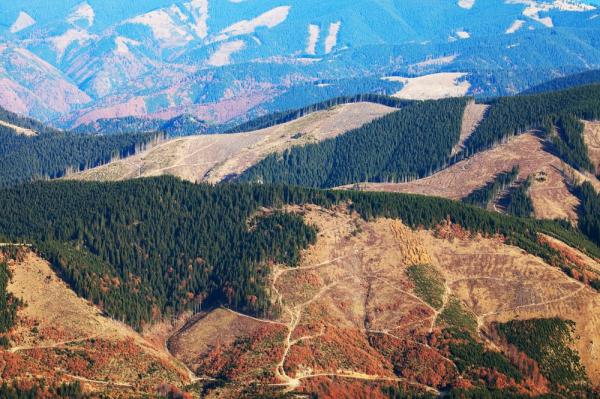
HANOVER, N.H., April 15 (UPI) — Trees don’t just store carbon in their roots, limbs and leaves, they also facilitate the transfer of carbon from air and water into the soil where it can remain for thousands of years.
New research suggests clear-cutting undermines this vital carbon sequestration process.
Mineral pools in the soil of North America’s hardwood forests store half of all the carbon in the local ecosystem. Harvesting resources from these ecosystems affects their ability to store carbon, and new research suggests clear-cutting is especially detrimental.
Clear-cutting is the total removal of all timber from a harvesting site. It is the most aggressive form of deforestation. Many logging operations employ a staggered approach, culling only the most mature trees.
To measure the effects of clear-cutting on carbon storage, researchers at Dartmouth College measured carbon’s resistance to extraction at several soil sites — some located in relatively pristine old-growth forests, some near partially harvested stands and others among recently clear-cut acreage.
Soil structure affects how strongly carbon is able to bond to mineral pools. The latest findings suggest these bonds are weakened by clear-cutting, as researchers were able to more easily extract carbon from soil sites where timber was recently clear-cut.
“Clear-cutting forests has an effect of mobilizing the carbon, making it more likely to leave the soil and end up in the atmosphere,” Andrew Friedland, a professor of environmental studies, explained in a news release.
Friedland is the lead author of a new paper on the work, published this week in the journal Soil Science.
“These findings are important because differences in the relative distribution of carbon in organo-mineral pools in mature and cut forests may inform our understanding of soil organic matter stability and bioavailability, microbial decomposition and carbon dioxide production in ecosystems after clear-cutting,” Friedland added.





